Understanding the different darts rings on a dartboard is crucial for both scoring accurately and improving your overall game; the double and treble rings, as well as the bullseye and outer bull, drastically impact your points. This article will delve into each of these darts rings, explaining their value, how to aim for them, and strategies to master hitting them consistently.
⚠️ Still Using Pen & Paper (or a Chalkboard)?! ⚠️
Step into the future! The Dart Counter App handles all the scoring, suggests checkouts, and tracks your stats automatically. It's easier than you think!
Try the Smart Dart Counter App FREE!Ready for an upgrade? Click above!
Decoding the Darts Rings: A Comprehensive Guide
The standard dartboard, with its familiar arrangement of numbers and colored sections, might seem simple at first glance. However, understanding the intricacies of the darts rings is essential for any player hoping to progress beyond the casual level. From the outer bull to the treble 20, each section offers unique challenges and opportunities. Let’s break down each ring and sector in detail.
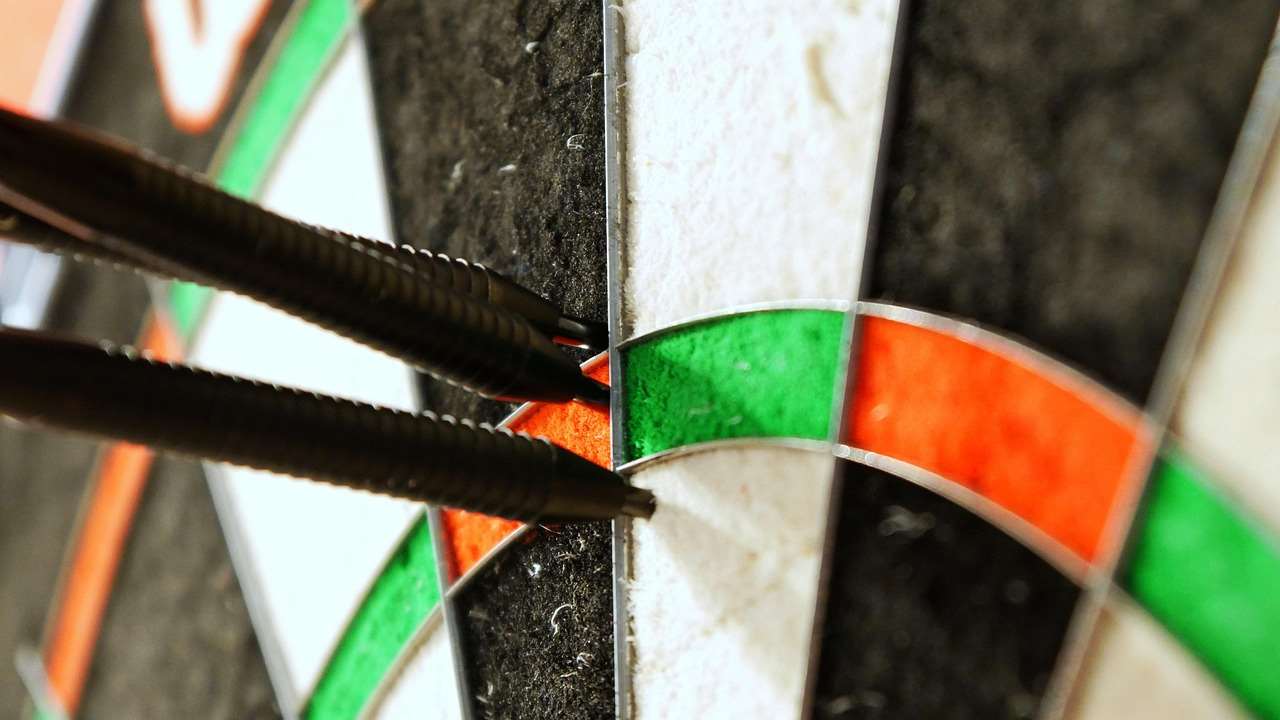
The Double Ring: Doubling Your Score
The outer ring, often referred to as the **double ring**, holds significant importance in the game of darts. Landing a dart in this ring doubles the value of the corresponding number. For example, hitting the double 20 scores 40 points. Mastering the double ring is crucial for finishing legs and matches, as many games require you to end on a double. Practicing your accuracy in this area is paramount for competitive play.
Many professional dart players use specific strategies to target the double ring, including adjusting their stance, grip, and throw to optimize for this area. Consistent practice and repetition are key to developing the muscle memory needed to hit doubles reliably.
The Treble Ring: The Holy Grail of High Scores
Located roughly halfway between the bullseye and the double ring, the **treble ring** offers the opportunity for massive scores. Hitting the treble ring triples the value of the corresponding number. The infamous treble 20, worth a whopping 60 points, is the most sought-after target on the board. Mastering the treble ring, especially the treble 20 and treble 19, is a hallmark of elite dart players.
Successfully targeting the treble ring demands exceptional accuracy and consistency. Players often use specific aiming points and release techniques to maximize their chances of landing in this high-scoring zone. Remember to maintain a stable stance and focus intently on your target.
The Bullseye and Outer Bull: The Center of Attention
At the very heart of the dartboard lies the bullseye. The **bullseye** itself (the inner red circle) is worth 50 points, while the outer green ring surrounding it, often called the **outer bull** or single bull, is worth 25 points. While not as high-scoring as the treble 20, hitting the bullseye is still a valuable skill, especially in games like ‘Around the Clock’ and for setting up finishes in ’01 games.
The bullseye is a relatively small target, requiring precise aim and a steady hand. Practicing your grouping around the bullseye is a great way to improve your overall accuracy and confidence. Don’t underestimate the importance of the outer bull for setting up your next shot.
Strategies for Mastering the Darts Rings
Simply knowing the value of each darts ring isn’t enough; you need to develop effective strategies to consistently hit your desired targets. Here are some tips to help you improve your accuracy and consistency:
- Consistent Stance: Maintaining a stable and consistent stance is fundamental to accurate dart throwing. Find a stance that feels comfortable and allows you to maintain your balance throughout your throw.
- Grip: Experiment with different grips to find one that suits your hand and throwing style. A comfortable and secure grip will help you control the dart more effectively. Be sure to check out what is a darts shaft to ensure you have the right setup.
- Throwing Motion: Develop a smooth and controlled throwing motion. Avoid jerky movements or unnecessary tension. Focus on releasing the dart at the same point in your swing each time.
- Aiming: Visualize your target and focus intently on the area you want to hit. Use your non-throwing eye to align your dart with the target.
- Practice, Practice, Practice: The more you practice, the better you will become. Dedicate time to practice specific targets, such as doubles and trebles.
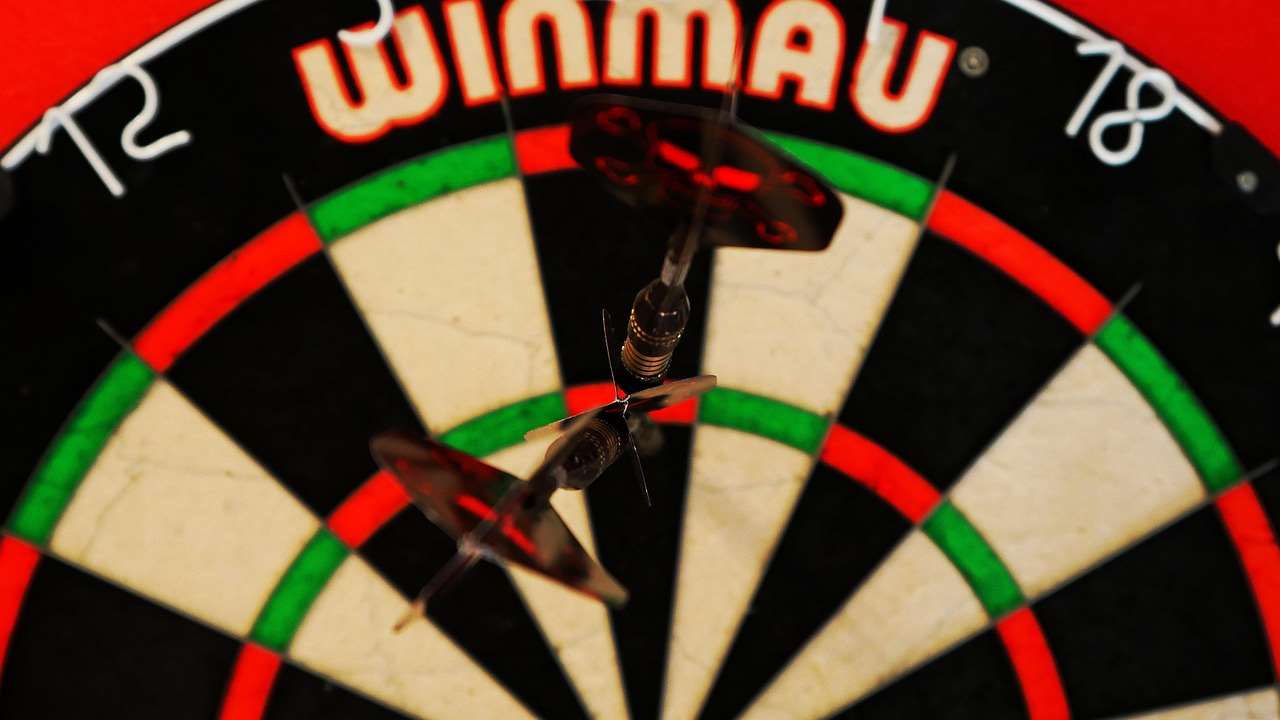
Advanced Techniques for Darts Rings Precision
Once you’ve mastered the basics, you can start exploring more advanced techniques to fine-tune your accuracy and consistency when targeting the darts rings:
Mental Game: Focus and Visualization
The mental aspect of darts is just as important as the physical. Develop a pre-throw routine that helps you focus and visualize your target. Block out distractions and maintain a positive mindset. Many players use cricket darts scorer app to help with their focus
Analyzing Your Darts: Understanding Grouping
Pay attention to where your darts are landing. Are they consistently high, low, left, or right of your target? Analyzing your grouping patterns can help you identify areas for improvement and adjust your aim accordingly. Consistent misses may mean it’s time to look into darts blunders that you may not be aware you are making.
Equipment Optimization: Darts and Dartboards
Experiment with different darts, flights, and shafts to find the equipment that best suits your throwing style. Ensure your dartboard is properly mounted and in good condition. A worn-out dartboard can negatively impact your accuracy.
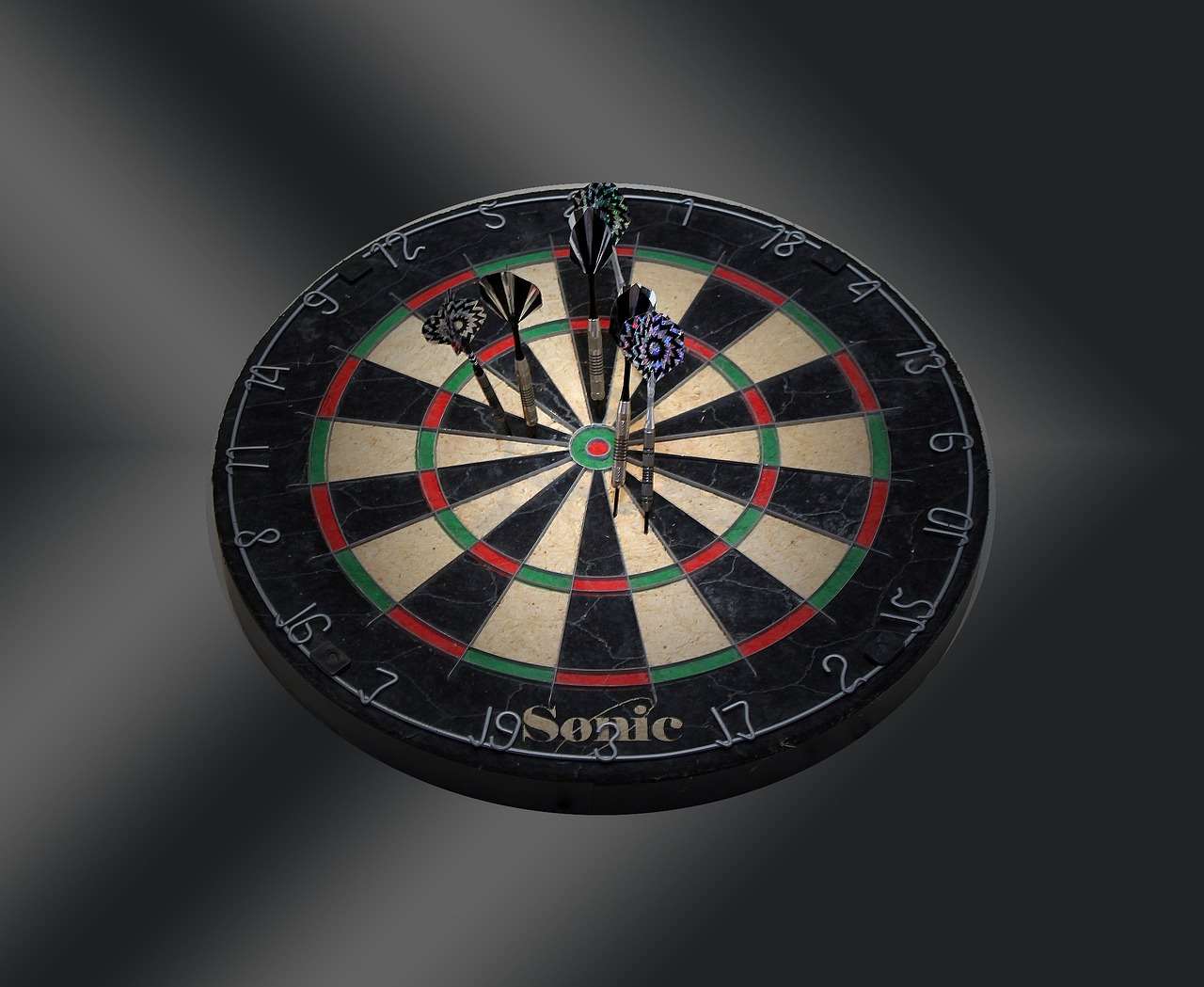
Common Mistakes to Avoid When Targeting Darts Rings
Even experienced players make mistakes. Being aware of common pitfalls can help you avoid them and improve your overall game when aiming at the darts rings. Here are some mistakes to watch out for:
- Inconsistent Stance: Varying your stance from throw to throw can lead to inconsistent results.
- Gripping the Dart Too Tightly: A tight grip can restrict your throwing motion and reduce accuracy.
- Rushing Your Throw: Taking your time and focusing on your target is essential for accurate throws.
- Not Following Through: Failing to follow through with your throwing motion can cause the dart to deviate from your intended target.
Practicing Drills to Improve Your Darts Rings Accuracy
Targeted practice drills can significantly improve your accuracy on the darts rings. Here are a few effective drills you can try:
Doubles Practice: Around the Board
Start at double 1 and work your way around the board, hitting each double in sequence. This drill helps improve your accuracy and consistency on all the doubles.
Trebles Practice: Focus on the 20 and 19
Dedicate time to practicing the treble 20 and treble 19. These are the highest-scoring areas on the board, and mastering them can significantly boost your average score. You can get yourself some target darts germany to help you improve.
Bullseye Challenge: Grouping Practice
Aim for the bullseye and try to group your darts as closely together as possible. This drill improves your overall accuracy and helps you develop a feel for the center of the board.
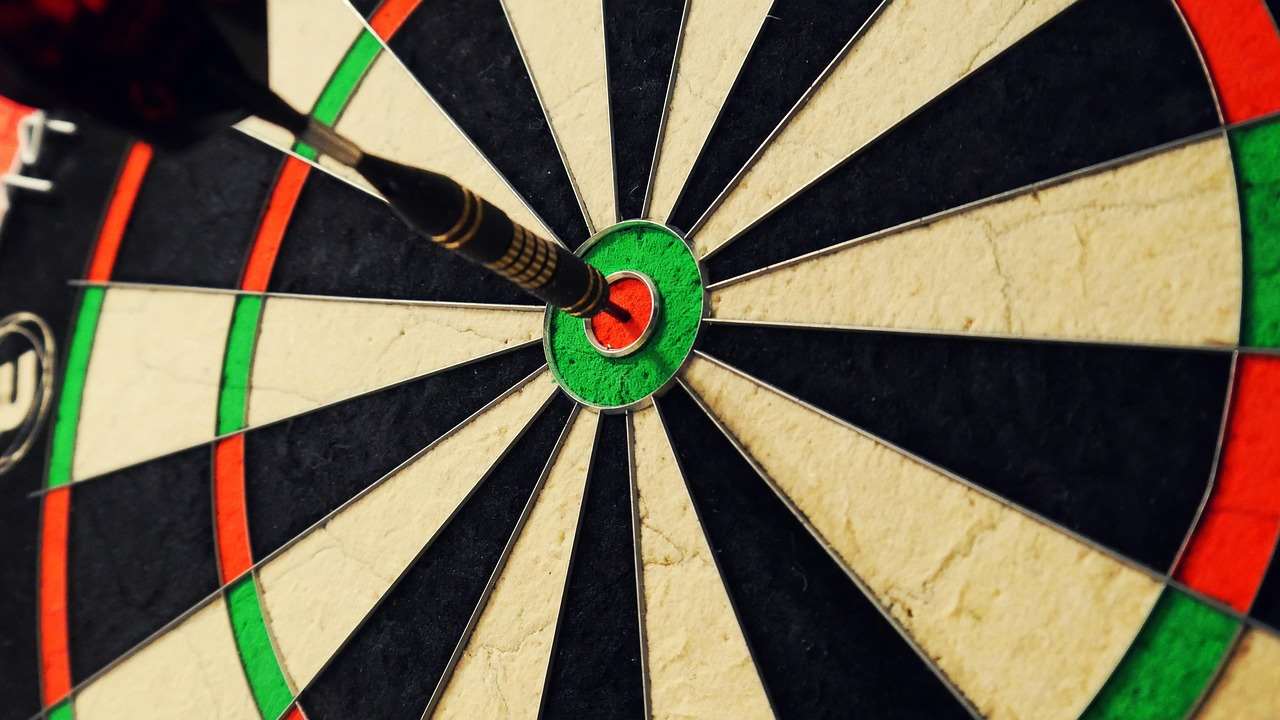
Choosing the Right Equipment for Targeting Darts Rings
The right equipment can make a significant difference in your ability to consistently hit the darts rings. Here’s a brief overview of the key factors to consider when choosing your darts, flights, and shafts:
- Dart Weight: Experiment with different dart weights to find what feels most comfortable and controllable for you.
- Dart Grip: Choose a dart with a grip that provides adequate traction without being too abrasive.
- Flights: Different flight shapes and sizes can affect the trajectory and stability of your darts. Experiment to find what works best for your throwing style.
- Shafts: Shaft length can also influence the flight of your darts. Shorter shafts tend to be more stable, while longer shafts can provide more lift.
The Psychology of Hitting Darts Rings
Successfully hitting the darts rings, especially under pressure, requires a strong mental game. Here are some tips for developing the psychological fortitude needed to excel in darts:
- Positive Self-Talk: Encourage yourself with positive affirmations and focus on your strengths.
- Visualization: Mentally rehearse successful throws and visualize yourself hitting your target.
- Breathing Techniques: Use deep breathing exercises to calm your nerves and improve your focus.
- Embrace Mistakes: Everyone makes mistakes. Learn from them and move on without dwelling on them.
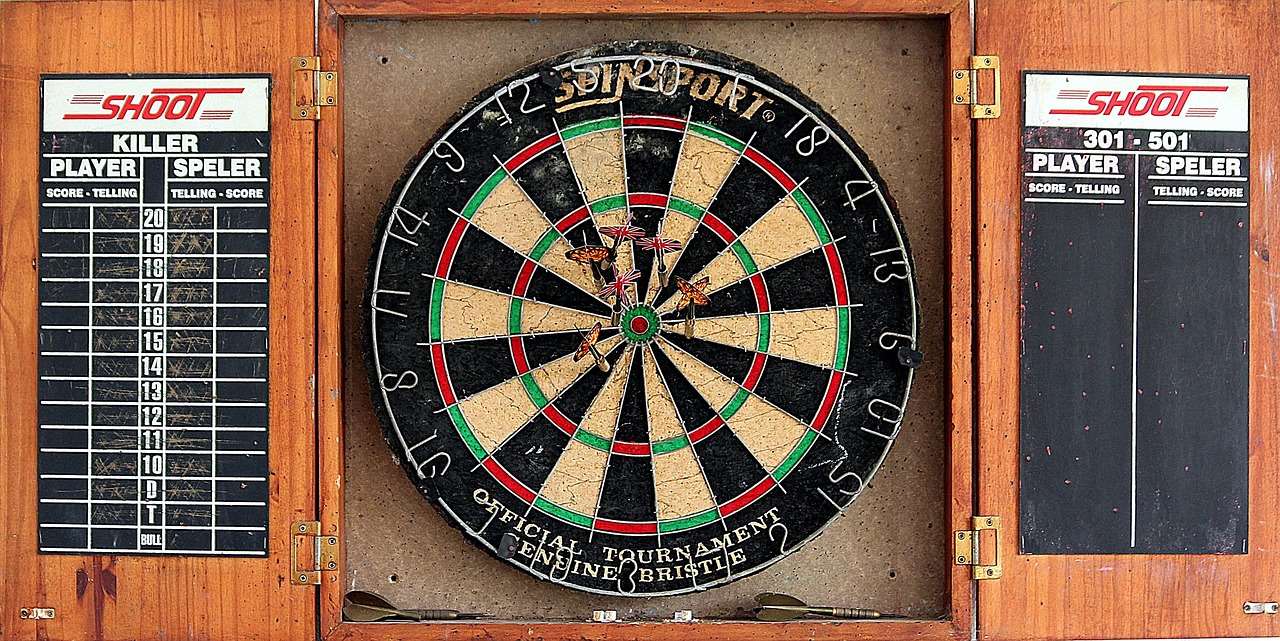
Keeping Score and Understanding Game Variations Involving Darts Rings
While aiming for darts rings is crucial, understanding the different scoring rules and game variations is equally important. Here are some key aspects of darts scoring:
- ’01 Games: The most common game format, where players start with a score of 501 or 301 and must reduce their score to zero, ending on a double.
- Cricket: A strategic game where players must close out specific numbers (20, 19, 18, 17, 16, 15, and bullseye) before their opponent.
- Around the Clock: A simple practice game where players must hit each number in sequence, starting with 1 and ending with 20, then the double and bullseye.
Final Thoughts on Mastering Darts Rings
Mastering the darts rings is a journey that requires dedication, practice, and a strategic approach. By understanding the value of each ring, developing effective throwing techniques, and cultivating a strong mental game, you can significantly improve your accuracy and consistency on the dartboard. Remember to stay focused, practice regularly, and have fun! If you’re looking to follow the sport, you may be interested in learning about darts final start time. So, grab your darts, step up to the oche, and start honing your skills today!
Hi, I’m Dieter, and I created Dartcounter (Dartcounterapp.com). My motivation wasn’t being a darts expert – quite the opposite! When I first started playing, I loved the game but found keeping accurate scores and tracking stats difficult and distracting.
I figured I couldn’t be the only one struggling with this. So, I decided to build a solution: an easy-to-use application that everyone, no matter their experience level, could use to manage scoring effortlessly.
My goal for Dartcounter was simple: let the app handle the numbers – the scoring, the averages, the stats, even checkout suggestions – so players could focus purely on their throw and enjoying the game. It began as a way to solve my own beginner’s problem, and I’m thrilled it has grown into a helpful tool for the wider darts community.